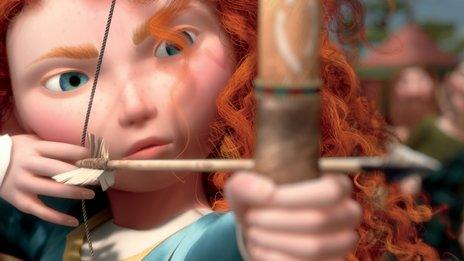Hollywood: Too few women on screen, new study finds
- Published
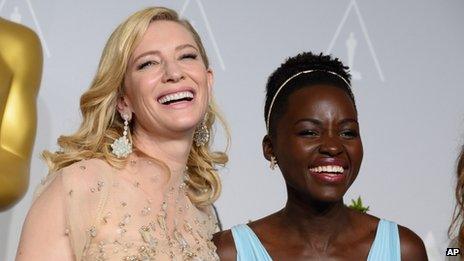
Female characters were "dramatically under-represented" in the biggest films of 2013, according to a new US study, external.
It said women made up just 15% of lead characters, 29% of major characters and 30% of all speaking characters on film.
The research, from the Centre for the Study of Women in Television and Film in San Diego, also found only 13% of the top 100 movies had equal numbers of major female and male characters.
The report looked at the presentation of about 7,000 characters in 300 films.
Researchers found that female characters were "younger than their male counterparts" and were more likely to have a specific marital status.
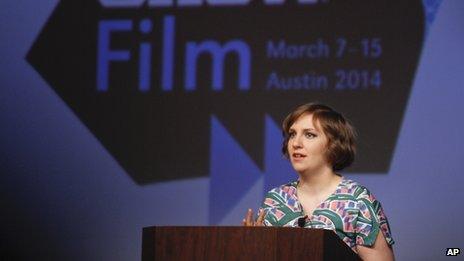
Lena Dunham has been outspoken about the roles available to women
The report added: "Female characters were less likely than males to have clearly identifiable goals or be portrayed as leaders of any kind."
Nearly three-quarters of all female characters were described as Caucasian.
"Moviegoers were as likely to see an other-worldly [non-human or alien] female as they were to see an Asian female character," concluded the report.
More than three-quarters of male characters had a job or occupation. For women on screen that figure fell to 60%.
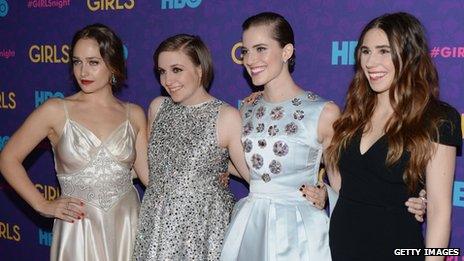
Speaking to The Hollywood Reporter, external about her findings, Dr Martha M Lauzen, who oversaw the report, said: "Overall, we have seen little movement in the numbers of female protagonists and females as speaking characters over the last decade."
Dr Lauzen said the discussion was especially relevant in light of Cate Blanchett's Oscar win for playing a dominant female role in Blue Jasmine.
Speaking at the Oscar ceremony, Blanchett said: "Those of us in the industry who were still foolishly clinging to the idea that female films - with women at the centre - are niche experiences, they are not.
"Audiences want to see them and in fact, they earn money. The world is round people."
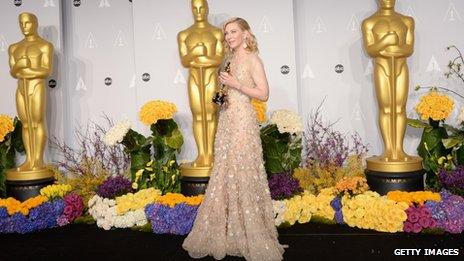
Dr Lauzen's study also included measures that were directly relevant to the recent discussion of popular tests assessing the quality of film portrayals of female characters.
That includes the Bechdel Test, which asks if a work of fiction has at least two women who talk to each other about something besides a man.
On Monday, Lena Dunham gave a speech at the SXSW film festival in Texas, in which she talked about the attitudes of Hollywood towards women.
She said her Girls co-star Adam Driver had been offered a number of exciting roles since featuring in the HBO show, but the same could not be said for the female cast members.
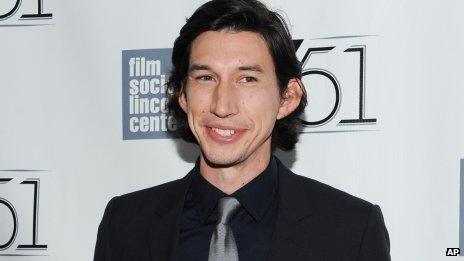
"People are ready to see Adam play a million different guys in one year - from lotharios to villains to nerds," she said.
"Meanwhile Allison Williams, Jemima Kirke and Zosia Mamet are still waiting for parts they can get interested in."
The Centre for the Study of Women in Television and Film has also released a report looking in to how many women are employed behind-the-scenes in the film industry.
They found women accounted for 16% of all directors, executive producers, producers, writers, cinematographers and editors.
In 97% of films there were no female composers.
A similar number of productions also featured no female sound designers and no female supervising sound editors.
Follow @BBCNewsbeat, external on Twitter
- Published3 March 2014
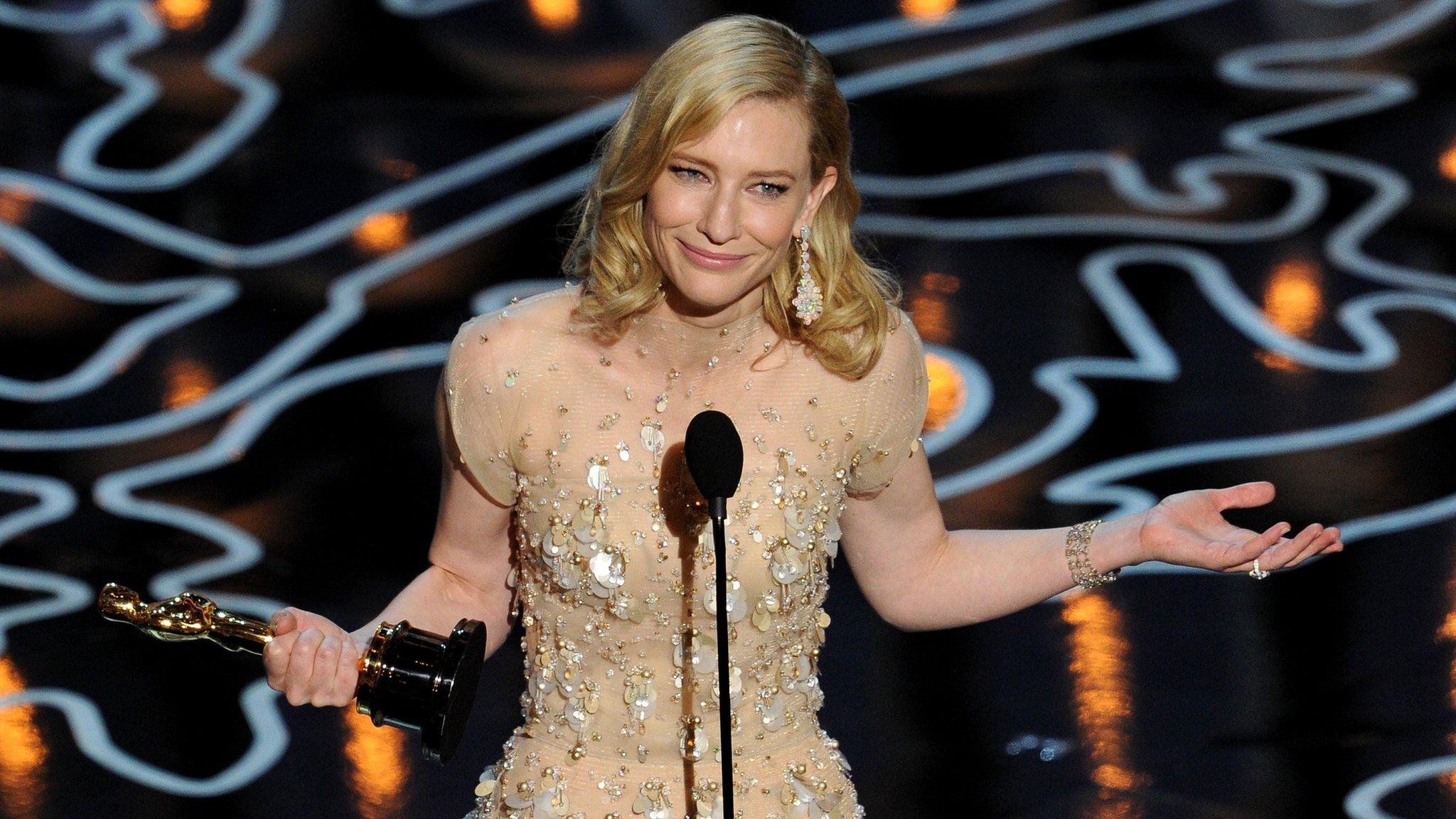
- Published17 May 2013
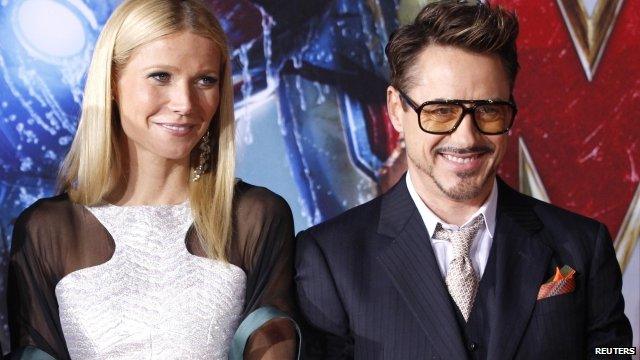
- Published22 January 2013

- Published14 August 2012
